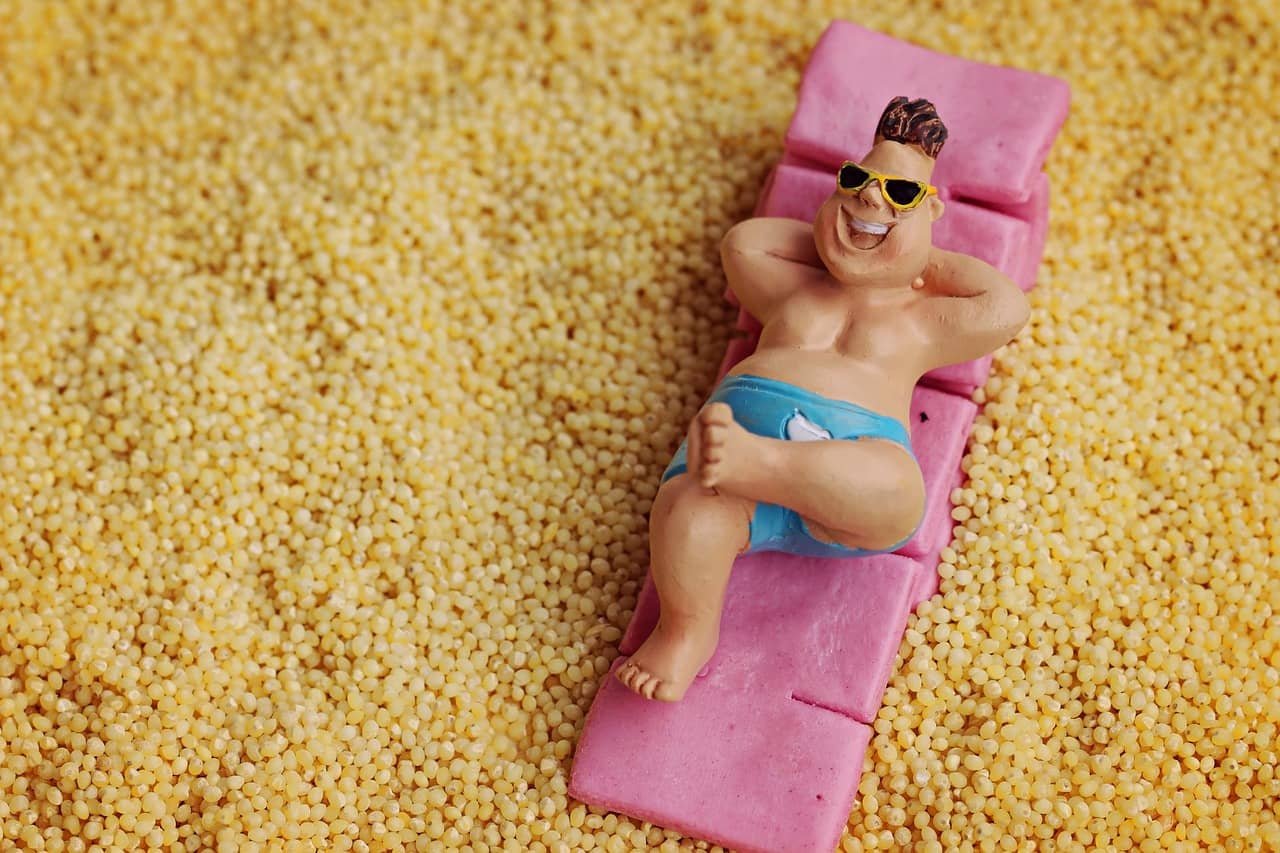Is Hair Transplant Permanent?
Hair transplants are considered a permanent solution for hair loss, as they involve the transplantation of hair follicles from one area of the body (usually the back or sides of the head) to an area with thinning or balding hair. These transplanted follicles are typically genetically resistant to the effects of male pattern baldness, so they continue to grow hair in their new location.
It’s important to note that the success of a hair transplant can vary depending on several factors, including the skill of the surgeon, the quality of the donor hair, and the specific technique used. Additionally, while a hair transplant can provide long-lasting results, it may not prevent the progression of hair loss in areas of the scalp that were not treated. Therefore, some individuals may require additional procedures or ongoing medical treatments to address continued hair loss.
In summary, a hair transplant is a permanent solution for restoring hair in the treated area, but it doesn’t necessarily prevent hair loss in other parts of the scalp, so maintenance and additional treatments may be necessary over time.
What Are The Types of Hair Transplant Techniques?
1. Follicular Unit Extraction (FUE)
FUE is a modern and minimally invasive hair transplant technique. In this method, individual hair follicles are extracted from the donor area, typically located at the back of the head, using a specialized micro-punch tool. These follicles are then meticulously transplanted into the recipient area, where hair loss has occurred. One of the significant advantages of FUE is that it doesn’t involve the removal of a strip of skin, thus avoiding a linear scar. Instead, tiny, circular scars are left, which are virtually undetectable, making FUE a popular choice among individuals seeking a discreet and natural-looking result.
2. Follicular Unit Transplantation (FUT)
FUT, also known as strip harvesting, is another established hair transplant method. Unlike FUE, FUT involves the removal of a narrow strip of scalp tissue from the donor area. Skilled technicians then dissect this strip into individual grafts, each containing one or more hair follicles. These grafts are subsequently transplanted into the recipient area. While FUT does leave a linear scar, advancements in surgical techniques have significantly minimized its visibility. One of the main advantages of FUT is that it allows for the transplantation of a larger number of grafts in a single session, making it suitable for individuals requiring extensive hair restoration.
Both FUE and FUT have their unique advantages, and the choice between the two often depends on the patient’s specific needs, the extent of hair loss, and the surgeon’s recommendation based on an individual assessment.
Hair Transplant Patient Must Know The Steps:
1. Initial Consultation:
The process begins with a consultation with a qualified hair transplant surgeon. During this meeting, the surgeon assesses the patient’s hair loss pattern, scalp condition, and overall health. They discuss the available options and determine the most suitable technique for the individual.
2. Preoperative Preparations:
Before the procedure, patients are given specific guidelines to prepare for the surgery. This might include instructions about avoiding certain medications, alcohol, and smoking. Following these guidelines is essential to ensure the best possible results.
3. Anesthesia Administration:
On the day of the surgery, local anesthesia is administered to numb the donor and recipient areas of the scalp. This ensures that the patient remains comfortable and pain-free throughout the procedure.
4. Donor Hair Extraction:
In FUE, individual hair follicles are extracted one by one from the donor area using a micro-punch tool. In FUT, a strip of scalp containing hair follicles is surgically removed. The donor area is carefully sutured, leaving a well-hidden scar.
5. Graft Preparation:
The harvested hair follicles are meticulously prepared by technicians under microscopes. Each graft is examined and trimmed if necessary, ensuring that only healthy follicles are used for transplantation.
6. Recipient Site Creation:
Tiny incisions are made in the recipient area following the natural hairline pattern. The surgeon’s expertise is crucial here, as the angle and direction of these incisions determine the natural look of the transplanted hair.
7. Graft Transplantation:
Individual grafts are then transplanted into the recipient incisions. Careful handling and precise placement of grafts are vital to achieve a natural and dense hairline.
8. Postoperative Care:
After the procedure, patients receive detailed instructions on postoperative care. This includes information about cleaning the transplant area, medications to prevent infection, and activities to avoid during the initial healing phase.
9. Follow-Up Appointments:
Patients are scheduled for follow-up appointments to monitor the progress of the transplant. These appointments allow the surgeon to assess the healing process and address any concerns the patient might have.
10. Immediate Recovery:
After the surgery, patients might experience some swelling, redness, and discomfort in the donor and recipient areas. These are normal and usually subside within a few days. Patients are advised to rest and avoid strenuous activities during the initial recovery period.
11. Shedding Phase:
Following the transplant, the transplanted hair goes through a shedding phase. This is a natural part of the process, and patients should not be alarmed. New hair growth typically begins within a few months, and the final results become noticeable after several months.
12. Natural Hair Growth:
The transplanted hair starts to grow naturally, matching the texture, color, and pattern of the existing hair. With time, patients can cut, style, and groom their transplanted hair just like their natural hair.
13. Long-Term Results:
Hair transplant results are permanent. Once the transplanted hair follicles are established and start to grow, they will continue to do so for a lifetime. Patients can enjoy a fuller head of hair and improved confidence for years to come.
14. Post-Transplant Follow-Up:
Regular follow-up appointments with the surgeon are essential to monitor the progress of the transplant. The surgeon can provide guidance on how to care for the transplanted hair in the long term and address any concerns the patient might have.
15. Realistic Expectations:
It’s vital for patients to have realistic expectations about the results. While modern hair transplant techniques yield excellent outcomes, the final result can vary based on individual factors such as hair texture and density. A candid discussion with the surgeon about achievable outcomes is crucial.
16. Additional Sessions (if necessary):
In some cases, patients might opt for additional transplant sessions to further enhance density or cover additional areas of hair loss. These decisions are made based on individual goals and the recommendations of the surgeon.
17. Choosing the Right Surgeon:
Selecting a skilled and experienced surgeon is paramount. Patients should research potential surgeons thoroughly, review before-and-after photos of previous patients, and read testimonials. A qualified surgeon significantly increases the likelihood of a successful and natural-looking result.
By being aware of these additional aspects of the hair transplant process, patients can approach the procedure with confidence and realistic expectations. If you have specific questions or if there’s a particular aspect you would like to know more about, please feel free to specify.
How Many Years Does A Hair Transplant Last?
While the transplanted hair is permanent, it’s also crucial to maintain good overall scalp and hair health. Proper care, including a healthy lifestyle, regular hair care routines, and avoiding damaging habits, can contribute to the longevity and natural appearance of the transplanted hair.
In summary, a hair transplant is a permanent solution, and the transplanted hair should last a lifetime when performed by a qualified professional and coupled with appropriate post-operative care.
Disadvantages of Hair Transplant: Exploring the Reasons

Hair transplant is a popular solution for hair loss and baldness, but like any medical procedure, it has its drawbacks. In this article, we will discuss the 11 disadvantages of hair transplant and delve into the reasons behind them.
1. Risk of Infection
One of the main disadvantages of hair transplant is the risk of infection. While rare, it can occur if proper hygiene and sterilization protocols are not followed during the procedure.
2. Scarring
Another drawback is the possibility of scarring. Although modern techniques, such as Follicular Unit Extraction (FUE), minimize scarring, there is still a chance of visible scars in some cases.
3. Limited Donor Area
Not everyone is a suitable candidate for hair transplant due to the limitation of the donor area. If the donor area lacks sufficient hair follicles, the transplant may not yield satisfactory results.
4. Temporary Shock Loss
After a hair transplant, it is common to experience temporary shock loss. This refers to the shedding of transplanted hair, which can be distressing for some patients. However, it is a natural part of the healing process and new hair growth will occur.
5. Cost
Cost is a significant disadvantage of hair transplant. It is a relatively expensive procedure, especially if multiple sessions are required for desired results. Additionally, maintenance and follow-up treatments may add to the overall cost.
6. Time-consuming Process
Hair transplant is a time-consuming process. The procedure itself can take several hours, and the recovery period may last for weeks. Patients need to be prepared for the commitment of time and patience.
7. Potential Side Effects
Although rare, hair transplant can have potential side effects. These may include swelling, itching, numbness, and in some cases, even bleeding. It is important to discuss these risks with your surgeon before undergoing the procedure.
8. Unrealistic Expectations
Some individuals may have unrealistic expectations regarding the outcome of a hair transplant. It is crucial to have a realistic understanding of what can be achieved through the procedure, as it may not provide the same density and thickness as natural hair.
9. Multiple Sessions
In certain cases, achieving desired results may require multiple sessions of hair transplant. This can be a disadvantage for individuals who are looking for a quick and immediate solution to their hair loss.
10. Post-operative Care
Post-operative care is essential for the success of a hair transplant. It involves following specific instructions provided by the surgeon, such as avoiding strenuous activities, protecting the scalp from direct sunlight, and taking prescribed medications.
11. Emotional Impact
Lastly, undergoing a hair transplant can have an emotional impact on some individuals. The process of dealing with hair loss and seeking a solution can be overwhelming, and it is important to consider the psychological aspects along with the physical ones.
Conclusion
While hair transplant can be an effective solution for hair loss, it is essential to be aware of its disadvantages. Understanding the risks and limitations associated with the procedure will help individuals make informed decisions and set realistic expectations.
















